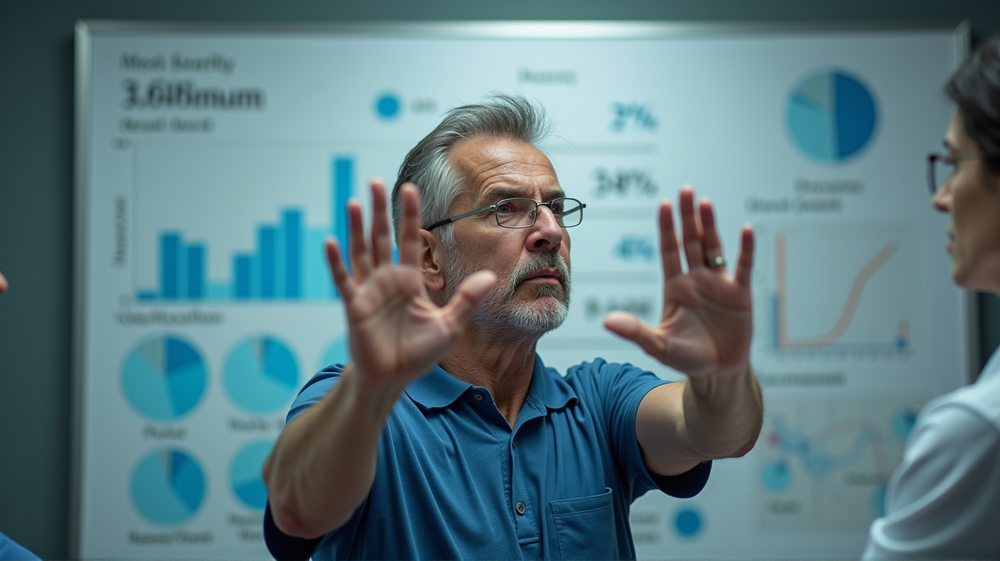What if testing your fitness could shed light on how long you might live? At the Exercise Medicine Clinic in Rio de Janeiro, researchers believe they have found a method—a deceptively simple yet challenging sitting-to-rising test. This is not just about exercise; it’s about predicting life expectancy.
Beyond Aerobic Health: Testing The Hidden Indicators
The sitting-to-rising test evaluates balance, muscle strength, and flexibility, crucial aspects of non-aerobic fitness. How it works: Participants should sit on the floor without using their arms or legs for support and stand back up effortlessly.
According to a report in the European Journal of Preventive Cardiology, this test proved telling as the researchers tracked 4,282 adults aged 46 to 75 for over a decade. As stated in NBC News, this test’s results offered deep insights into longevity, even uncovering early indicators often overlooked by traditional methods.
The Grading and the Reality Check
In this scoring system, movements are graded on a zero to five-point scale. Participants perfect the challenge without using hands or knees. Each supporting touch costs a point, and wobbly transitions deduct half a point. Twelve years later, out of 665 natural cause deaths, those maintaining perfect scores enjoyed higher survival rates, with dramatically lower longevity for scores of four or less.
Linking Muscle Mastery to Longevity
Dr. Claudio Gil Araújo, a prominent figure in this research, champions the broad understanding that fitness involves more than aerobic health. Engaging balance and muscle strength, alongside a healthy BMI, supports aging gracefully. He emphasizes that improvements in these areas can potentially enhance test scores, indirectly suggesting longer lives.
Longevity Research: A Bigger Picture
Balance isn’t just physical; it’s a key indicator in longevity research. Fascinatingly, individuals unable to stand on one leg for 10 seconds showed a higher risk of mortality over ten years. It’s not just about a single test; the landscape of longevity includes multiple indicators.
The Practical Implications
This new test could catalyze conversations between patients and doctors about proactive aging. Keith Diaz of Columbia University suggests using these results as a trigger for improving patient health awareness. A failing score may encourage enhancements in flexibility and balance, essential measures for everyday health improvements.
Multi-Indicator Approach for a Fuller Picture
Dr. Joseph Herrera of Mount Sinai Health advocates combining tests like the sit-to-stand-sit or six-minute walk to provide a complete health puzzle. Each piece adds depth, contributing to an overarching understanding of your health trajectory.
In summary, these tests could alter the perception of aging, offering tools and pathways to strengthen longevity. Addressing increments in muscle strength and flexibility could result not only in better scores but also in a potentially extended lifespan.
Prepare to rethink aging, as this simple test unveils complex health narratives, advocating better living through knowledge and action.












